About Nagoya
10 Reasons to Visit Nagoya
1. Nagoya is a city in the center of Japan
Where exactly is the center of Japan? There are several theories, but Nagoya is geographically located roughly in the middle between Hokkaido in the north and Okinawa in the south. With a well-developed transportation network including bullet trains and other railroads, airplanes, and expressways, access to major cities such as Tokyo and Osaka, as well as popular tourist destinations such as Kyoto, Nara, and Kanazawa, is extremely convenient. Nagoya is the perfect city for your first visit to Japan, as it has many elements to enjoy and is a perfect base for further sightseeing.
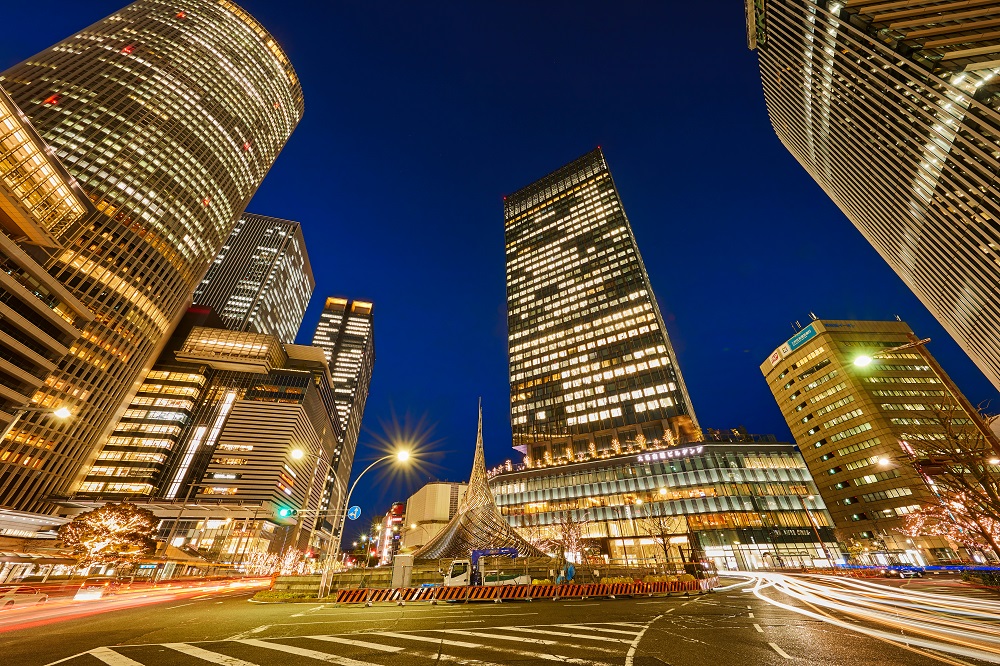
2. Nagoya is the home of Samurai
Three of Japan’s most famous warlords, Oda Nobunaga, Toyotomi Hideyoshi, and Tokugawa Ieyasu, all have ties to Nagoya. Oda Nobunaga was born in Owari in 1534 and grew up in Nagoya. He died in 1582 as a result of betrayal by his vassals, just before he was about to unify the country by force of arms. His fierce legacy still attracts people to this day. Toyotomi Hideyoshi is said to have been born around 1537 near the present-day Nagoya Station. He served Oda Nobunaga as a servant and rose through the ranks with remarkable success. After the death of Oda Nobunaga, he built Osaka Castle and became the chief advisor to the Emperor, thereby achieving the unification of the country. Tokugawa Ieyasu was born in Okazaki in 1542 and spent his youth as a hostage in Nagoya and Shizuoka. Later, as a vassal of Oda Nobunaga and Toyotomi Hideyoshi, he steadily increased his power. When Toyotomi Hideyoshi died in 1598, he won a battle against Toyotomi’s forces, opened the shogunate in Edo, and brought an end to the war.
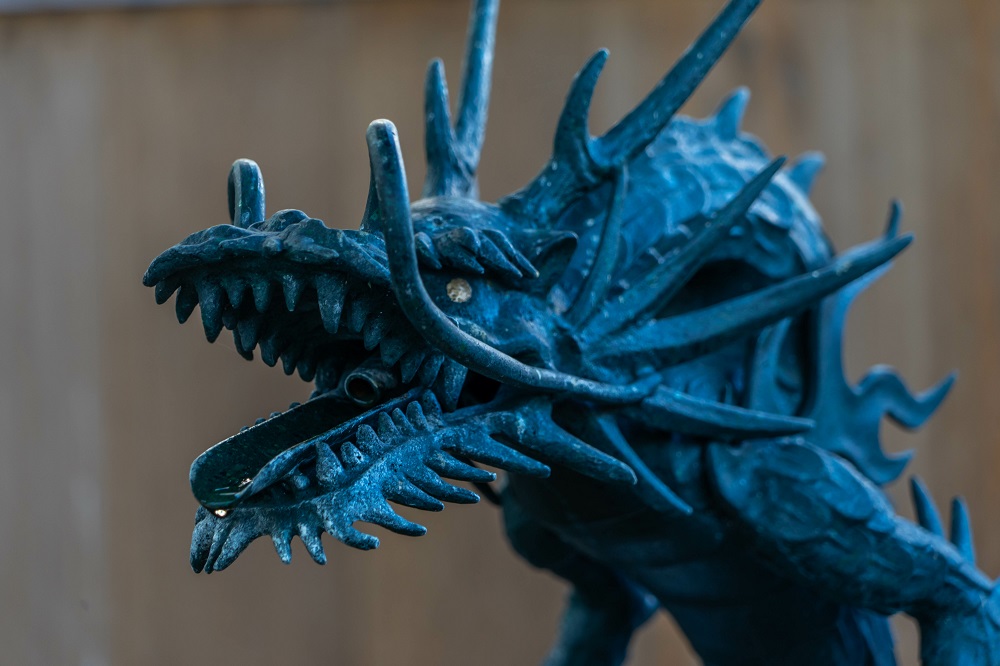
3. Nagoya is a castle town
The symbol of the city of Nagoya is Nagoya Castle, famous for its “golden shachihoko” (golden tiger-fish) embellishments. Nagoya Castle was built in 1600 by Tokugawa Ieyasu after the Battle of Sekigahara. Built as the residence of the Owari Tokugawa family, the castle was constructed using the most advanced technology of the time, including a huge castle tower, the gorgeous Honmaru Palace, and the vast Ninomaru Garden, all of which prospered for the next 260 years. It was called one of the three most famous castles with Osaka Castle and Kumamoto Castle, and though it was destroyed by fire in WWII, the reconstructed castle is now designated as a national special historic site.
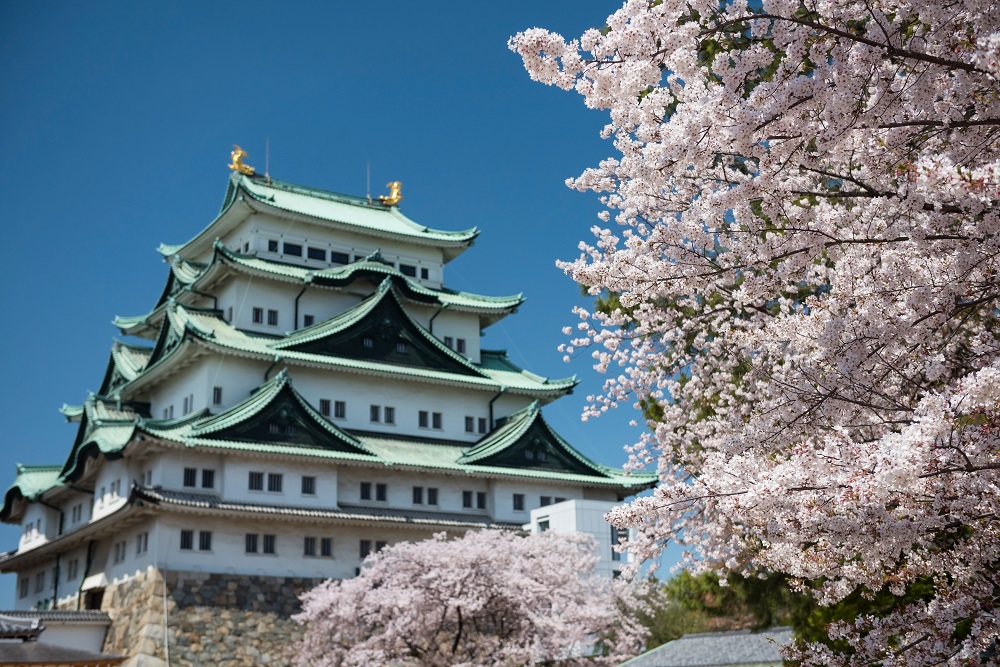
4. Nagoya is a city of food
Nagoya is a town with a unique food culture, and is loved for its “Nagoya-meshi (local cuisine).” Miso is a flavor used in many Japanese dishes, but in Nagoya, a special reddish miso made from soybeans and salt, aged for a long time, is used, and when cooked results in a unique flavor. Miso is used as a substitute for pork cutlet sauce in “miso katsu;” there is also “miso nikomi udon,” noodles stewed in miso paste; “miso oden,” with enhanced flavor of the ingredients; and “dote-ni,” which is sweet and spicy miso flavored pork and beef sinew. Other dishes include “kishimen,” a flat udon noodle that easily soaks up the flavor of the dipping sauce; “tenmusu,” a bite-sized onigiri ball with a small shrimp tempura center; “tebasaki,” deep-fried chicken wings coated with sauce and sprinkled with salt, pepper, and white sesame; and “hitsumabushi,” finely chopped broiled eel spread on top of rice in a hitsu bowl.
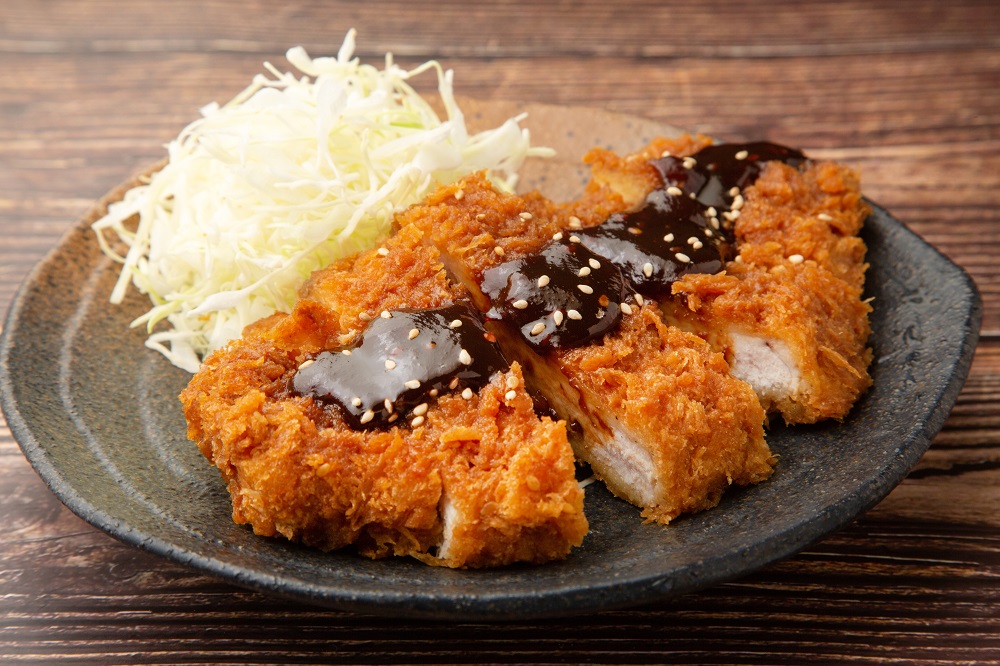
5. Nagoya is a city of culture
The Tokugawa Art Museum, located in Higashi-ku, Nagoya, was established in a former residence of Owari Tokugawa. The collection mainly consists of daimyo tools, including items owned by feudal lords during the Tokugawa Shogunate period and the estate of Tokugawa Ieyasu, founder of the Edo Shogunate, as well as treasures handed down from generation to generation by other feudal lords. In total, the collection contains more than 10,000 items, including 9 national treasures such as the Tale of Genji picture scrolls and 59 nationally important cultural properties.
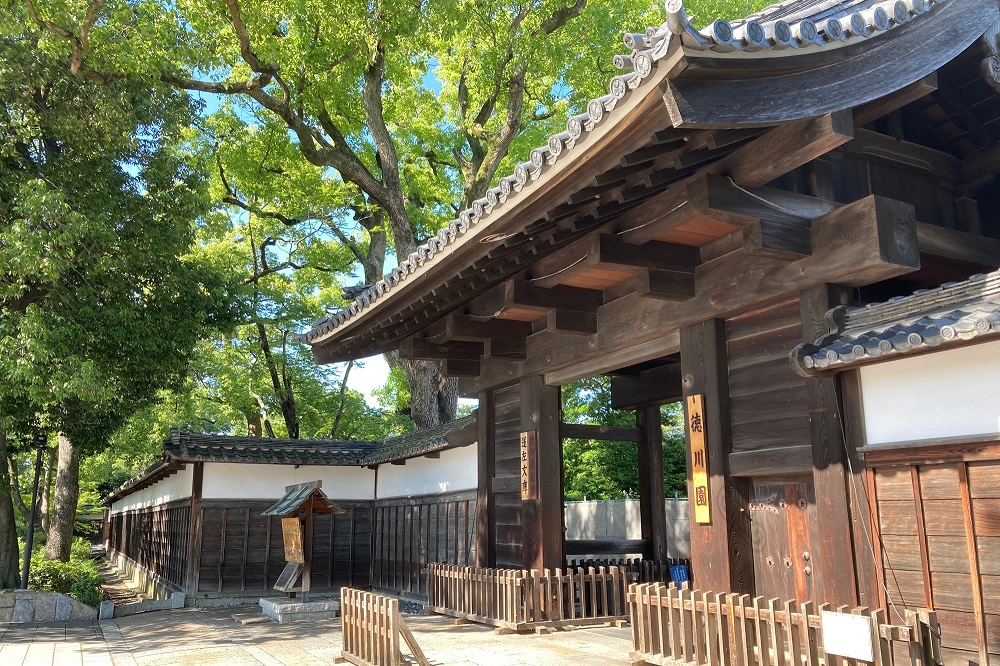
6. Nagoya is a sacred city
Atsuta Jingu Shrine, located in the southern district of Nagoya City, was founded in 113 and has a history of more than 1,900 years. It has long been revered by many people and is known affectionately as “Atsuta-san”. The Imperial Family of Japan has three treasures handed down from generation to generation since mythical times: Kusanagi no Tsurugi (the sword of Kusanagi), Yata no Kagami (the mirror of Yata), and Yasakani no Magatama (the sacred gem of Japan), which no one has ever seen. One of them, Kusanagi no Tsurugi, is enshrined as the deity of Atsuta Jingu Shrine.
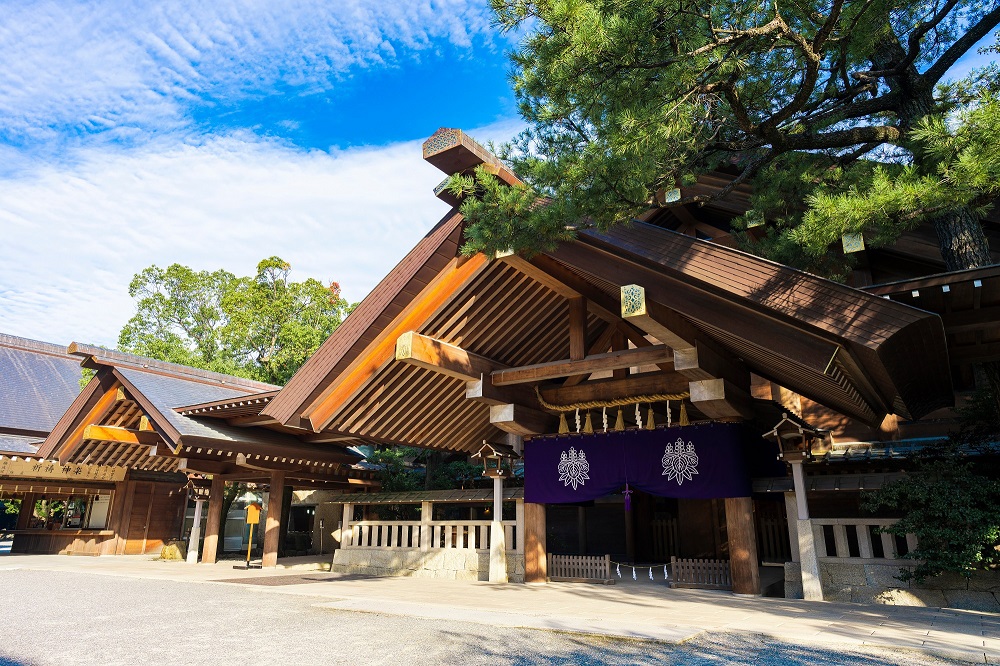
7. Nagoya is a city of technology
The Toyota Commemorative Museum of Industry and Technology is located in Nishi Ward, Nagoya City, at the base of the world-famous Toyota Motor Corporation. The museum, established by the Toyota Group, has a Textile Machinery Pavilion and an Automobile Pavilion, and introduces the transition of industrial technology through demonstrations using real machines side by side with operators.

8. Nagoya is a photogenic town
Sakae, in the heart of Nagoya, is home to many photogenic spots, including the iconic Chubu Electric Power Company MIRAI TOWER (formerly the Nagoya TV Tower), the Sky-Boat Ferris wheel, and Oasis 21, with its futuristic exterior. Oasis 21 is a place for citizens to relax, with the “Spaceship-Aqua” on the rooftop where visitors can enjoy an ariel walk, the “Field of Green” above-ground park, and the “Galaxy Platform” underground mall where popular stores are located. Spaceship-Aqua, illuminated at night, is especially fantastic.
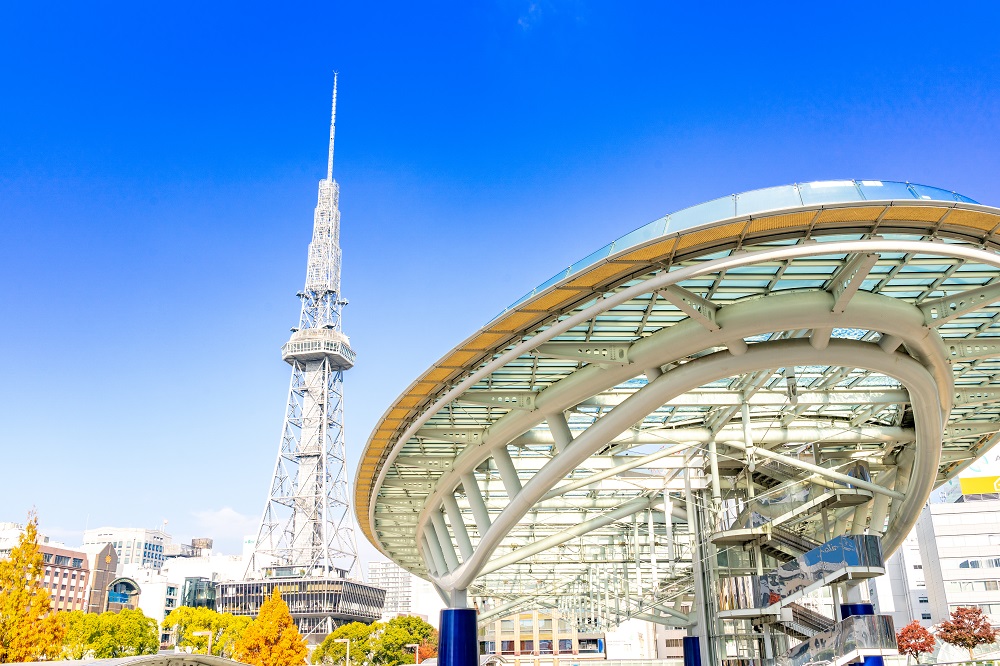
9. Nagoya is a town where people gather
The shopping street that everyone knows in Nagoya is the Osu Shopping District in Naka Ward, Nagoya City. Surrounded by four streets including Osu Dori, the lanes are lined with approximately 1,200 stores of various genres, including the latest fashions, vintage clothing, fashionable cafes, and long-established restaurants. The diversity of culture on this charming shopping street mixes the old with the new in an atmosphere that welcomes people of all ages, genders, and nationalities.
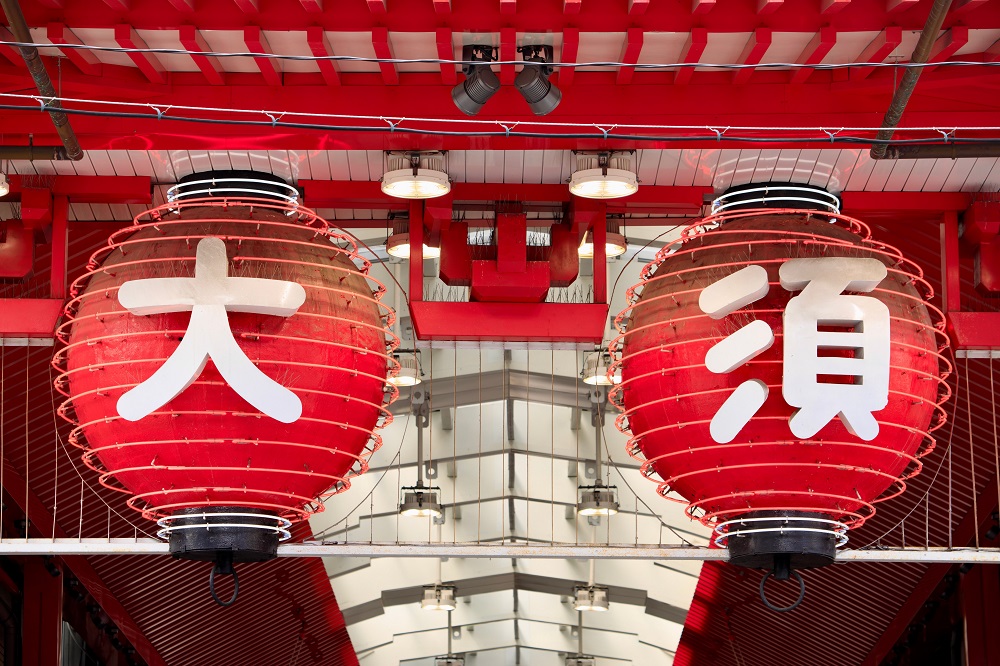
10. Nagoya is a town embracing subcultures
Nagoya is a city that cherishes the old while flexibly incorporating the new. Epitomizing this is the unique Nagoya annual event, the “World Cosplay Summit,” which brings together cosplayers from all over the world. Since the first summit was held in 2003, it has grown into a major event with more than 300,000 participants from Japan and abroad. Oasis 21, Aichi Arts Center, and Osu Shopping District are venues for live performances, stages, and the “World Cosplay Championship,” a competition to determine the world’s No. 1 cosplayer.
